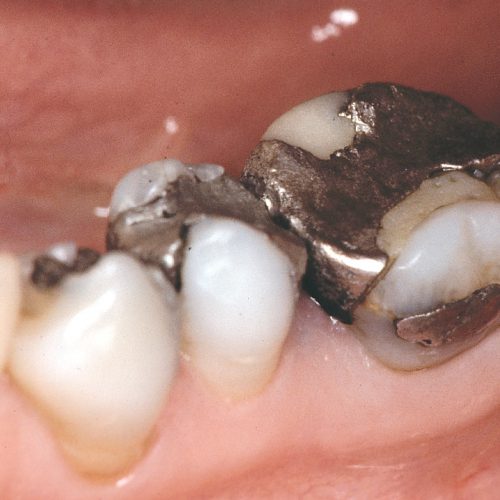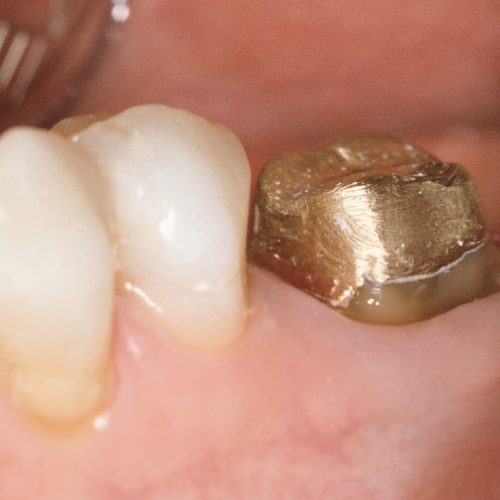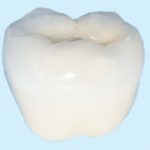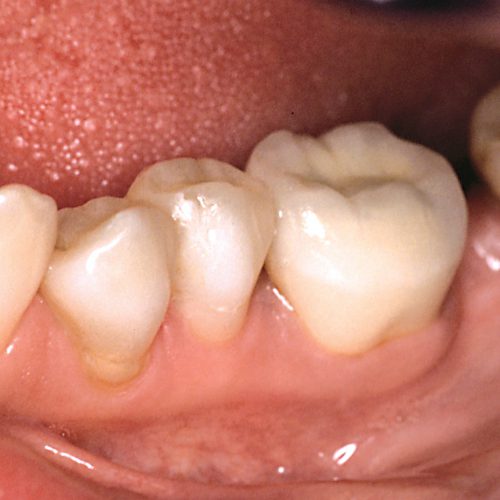If a tooth is damaged or extracted, an artificial crown can be made.
Crown
If a tooth is fractured, damaged by caries, or has a large old filling, it may be possible to put on a crown. A crown is an artificial “cap” that you put over the rest of your own root / tooth, as opposed to an implant, which is an artificial root and crown.
A crown can be made of different kinds of materials. They can be made of gold, pure porcelain or a combination of metal and porcelain (metal ceramics). Gold is the strongest. Unlike a gold crown, both porcelain and metal ceramic crowns look like real teeth.
If your tooth is root-canal-treated and if a lot of tooth is missing, it is not possible to put on a crown without first making a “pin structure” that is anchored to the root.
The tooth is prepped and impressions are taken. When the preparation is finished you will receive a temporary crown in the form of either a metal or plastic.
Your impressions are sent to the technician. The technician is the one who makes the crown Maybe you need to stop by the technician when the exact color needs to be found and maybe again if the crown needs to be customized with them. Finally, you will see us again, and the finished crown is glued on with a thin layer of cement.
Source: Tandlægeforeningen
Bridge
A bridge is a construction where several crowns are put together. It is made if you are missing one or more teeth and do not want to use a prosthesis or get an implant. A bridge is made of gold, porcelain or metal ceramic. There are limits to how many missing teeth a bridge can replace. The longer the bridge, the more natural teeth are needed to keep it in place. The bridge is attached to your own teeth and you will quickly get used to it.
Source: Tandlægeforeningen
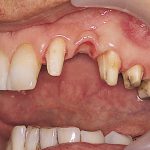
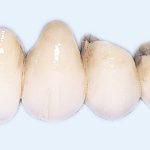
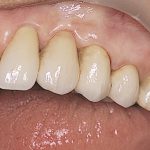
Maryland Bridge
If your teeth are not damaged a Maryland bridge could be an option. A maryland bridge can be glued to your other teeth with some plastic, so you avoid prepping them. The maryland bridge is not as strong as an ordinary bridge, and is therefore only used if it is a single tooth is missing.
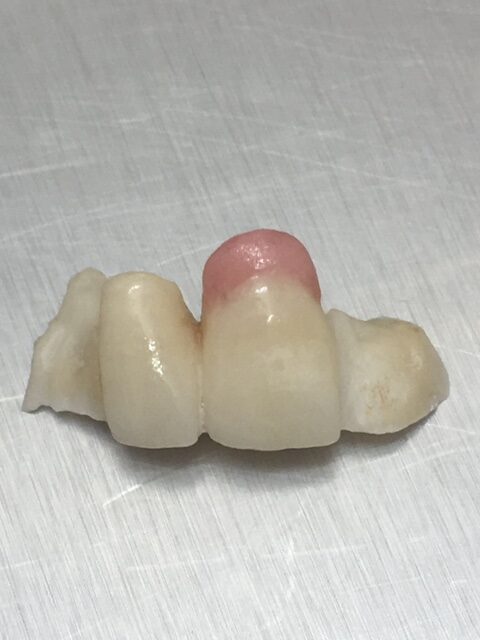
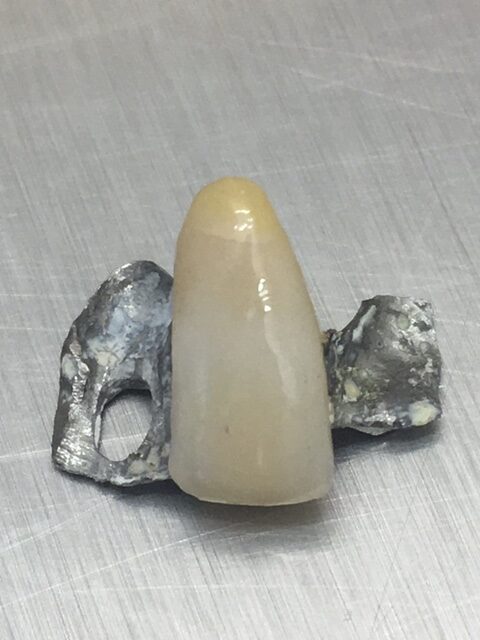



Other options
In addition to crowns and bridges, you can also choose a removable prosthesis or a dental implant. What treatment you can get depends on the condition of your teeth, how many teeth you are missing and your finances.
Pain or side effects
You will get local anesthesia and will not feel the preparation. With the temporary and the final crown / bridge you will experience some heat and cold sensitivity from tooth and gums for a few days. If it does not disappears, it may be because of nerve damage. In case of nerve damage the tooth will need a root canal treatment, which is a known side effect in about 10%.

Oral hygiene
The most important thing is to keep your teeth clean twice a day with a toothbrush, fluoride toothpaste and floss / interdental brush / water rinse. If you have a bridge, you can not use normal dental floss, as the bridge is connected. In that case you need to use superfloss and / or water flushes.
Durability
A crown / bridge is more durable than plastic and is therefore the most durable solution we can offer.
What can go wrong:
- Crown / bridge can become loose and fall off. As long as the tooth has not been damaged, the crown /bridge will be able to be cemented again.
- About 1 in 10 teeth that have had a crown / bridge treatment will end up getting a root canal treatment. This is either because the nerve could not withstand the prepping or because the tooth was bad in advance.
- Porcelain can break off. Often a new one has to be made. Maybe it can be repaired.

